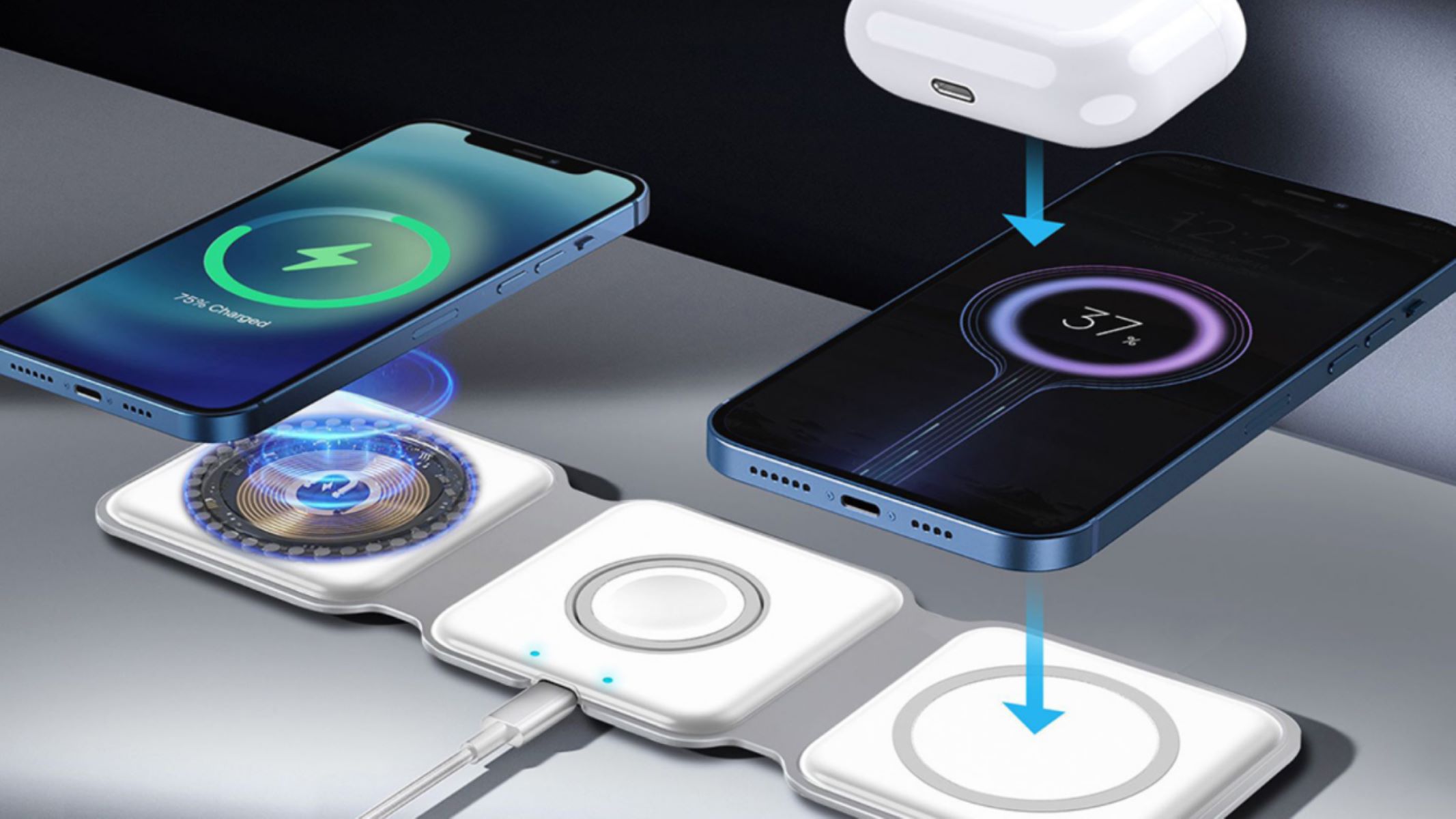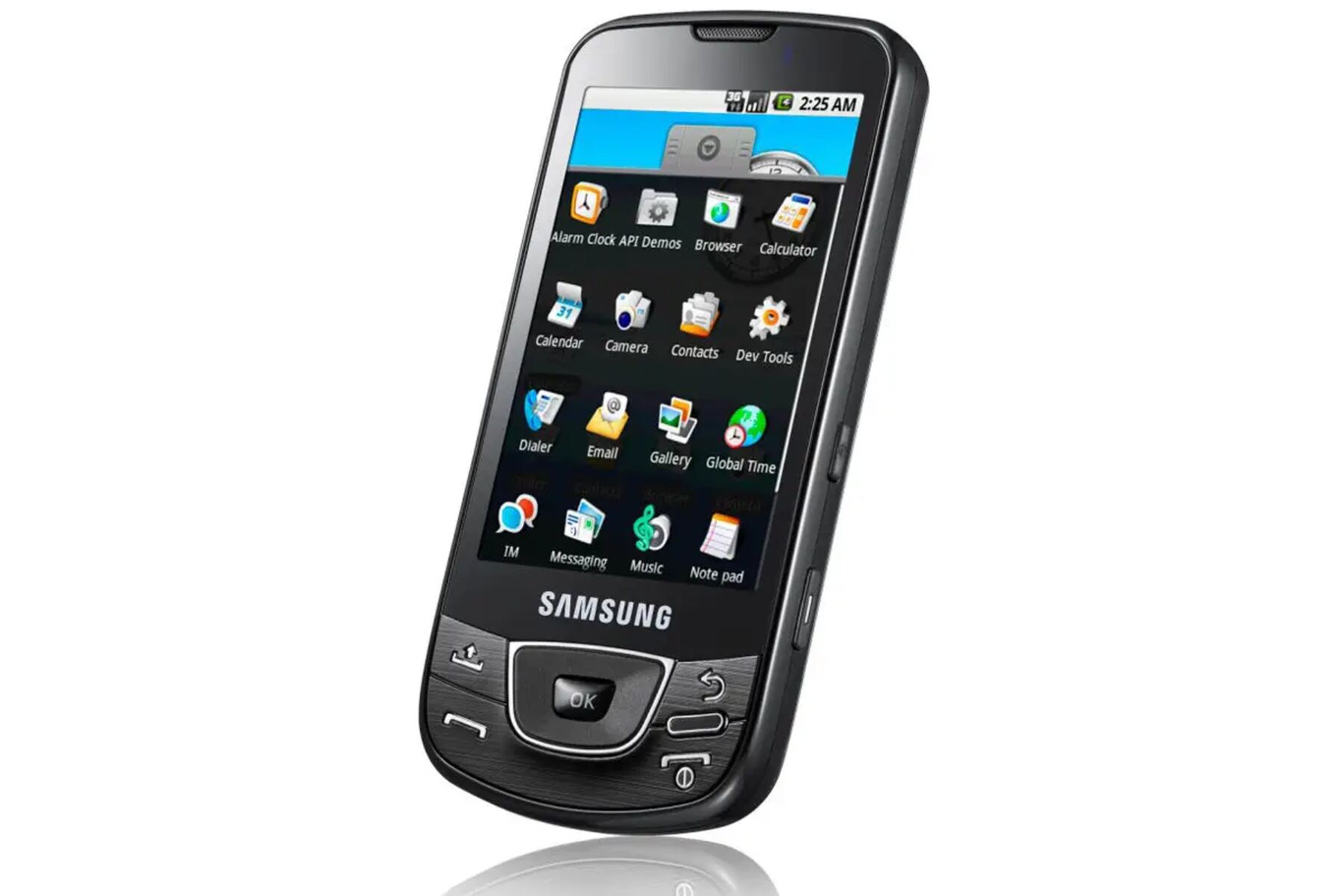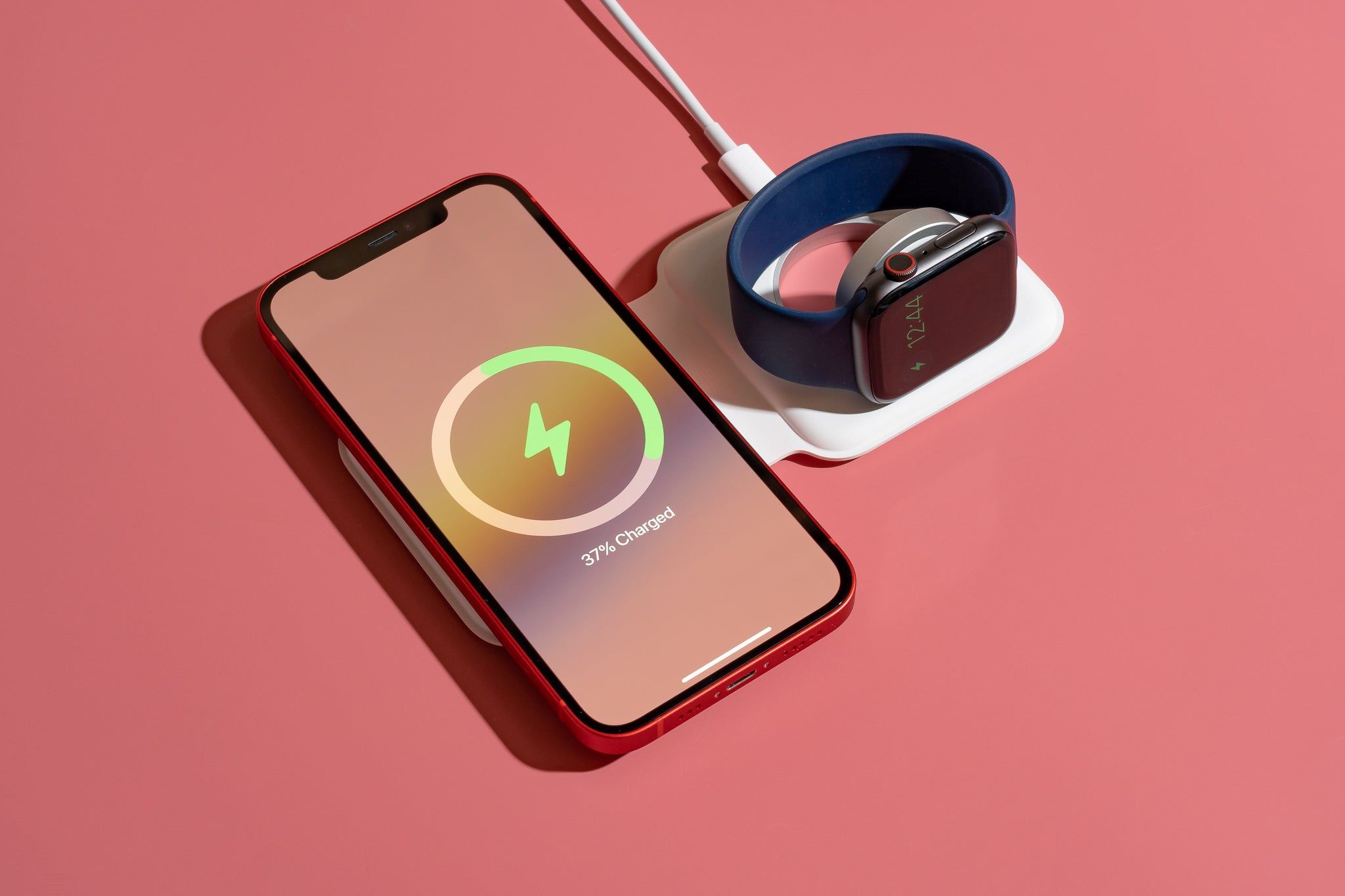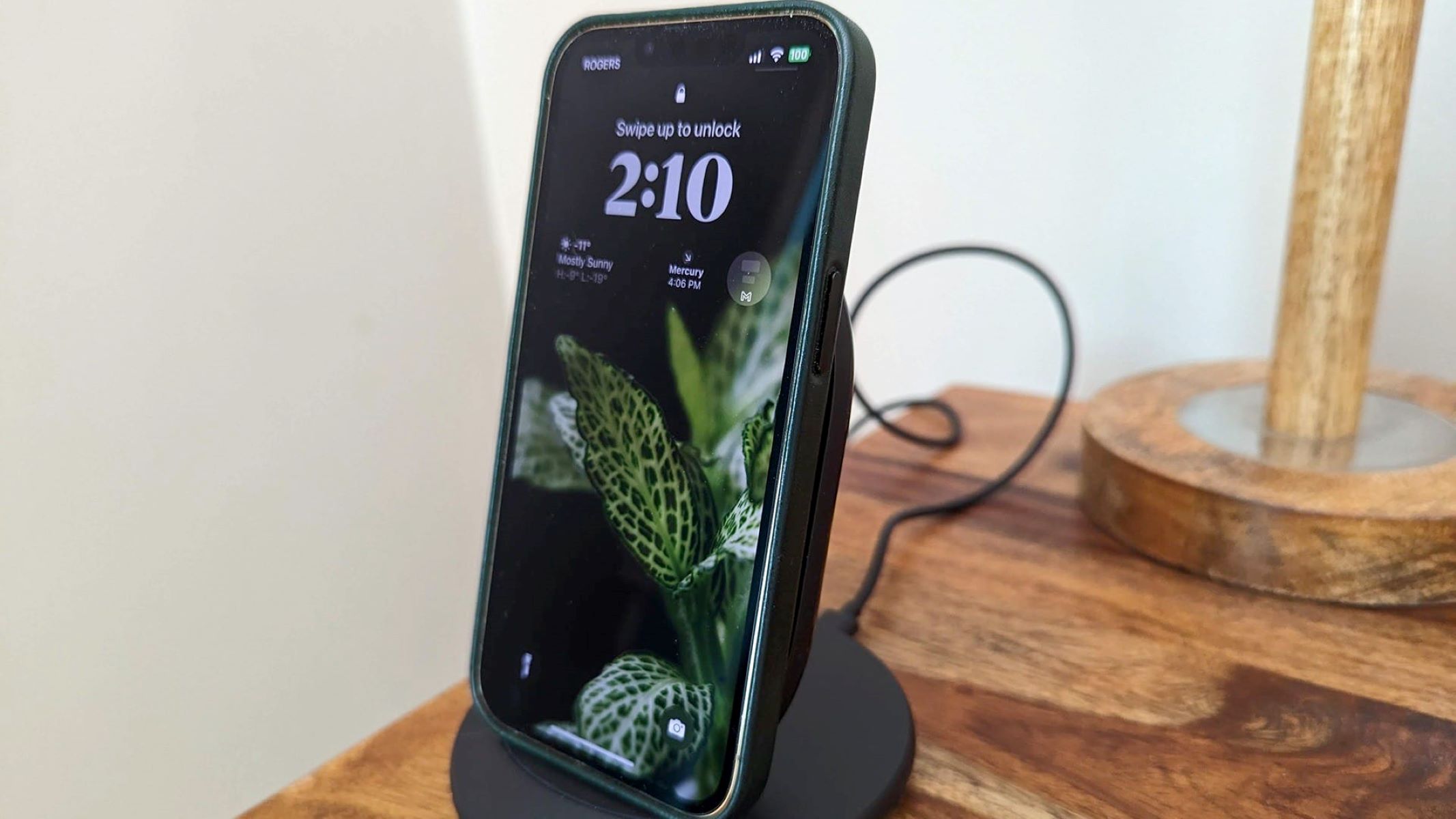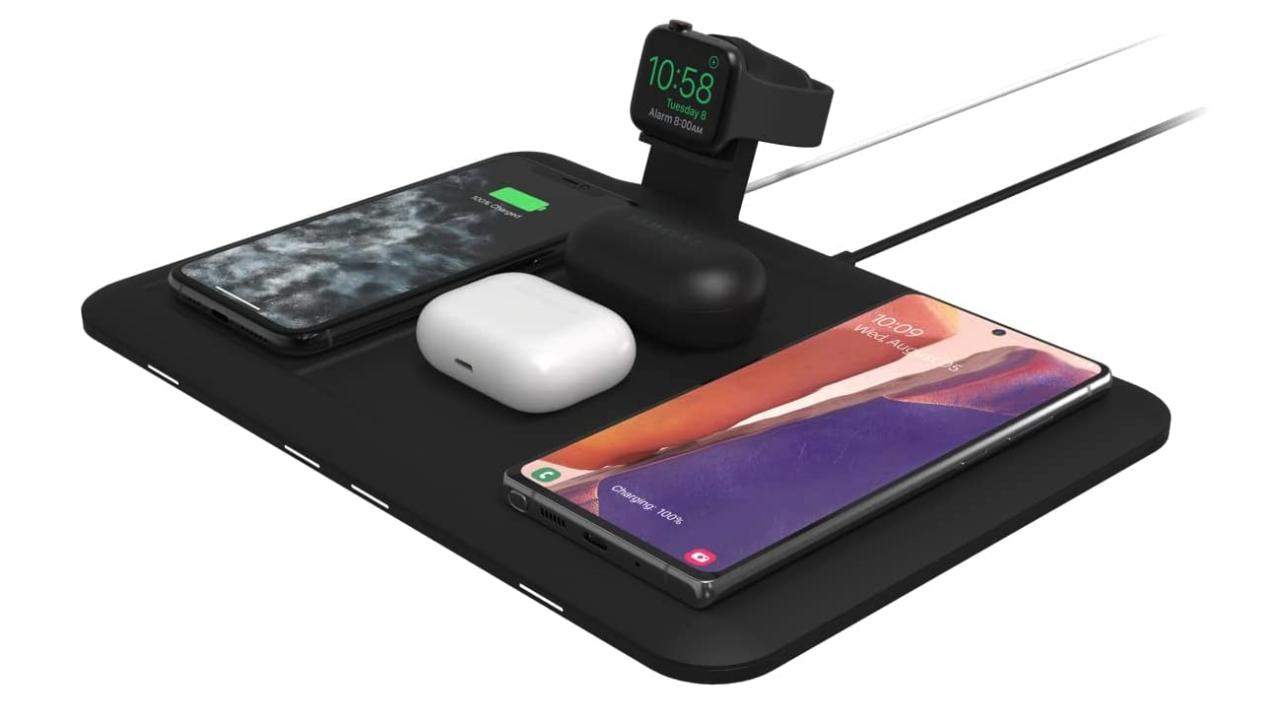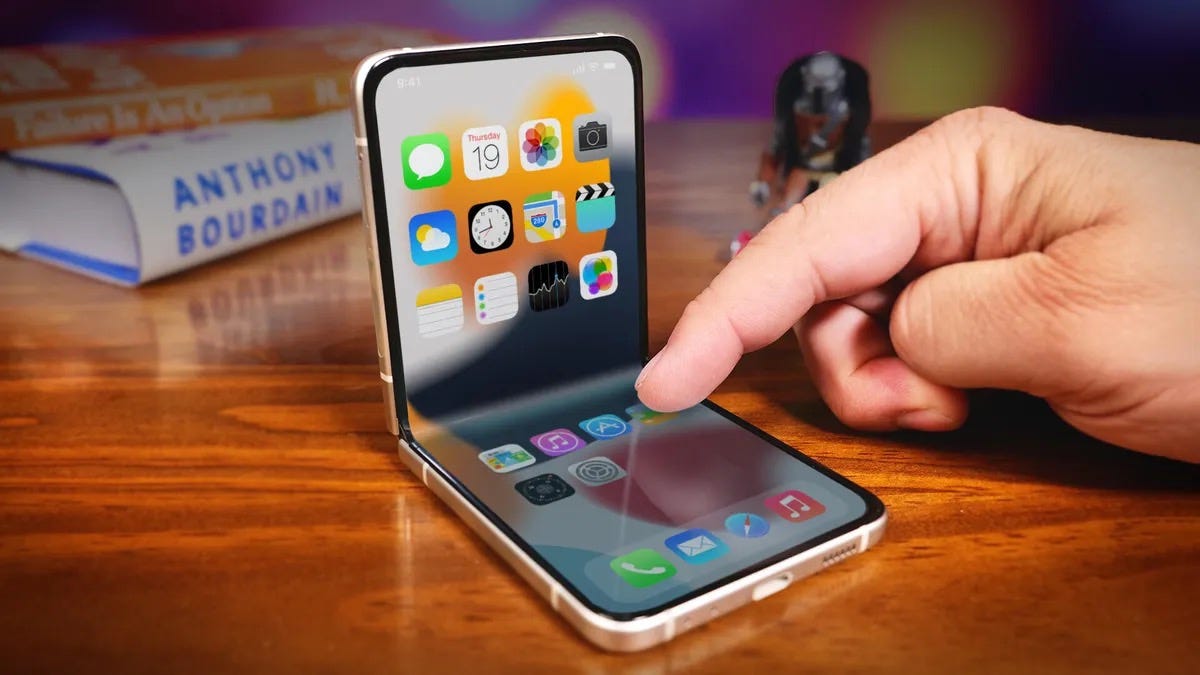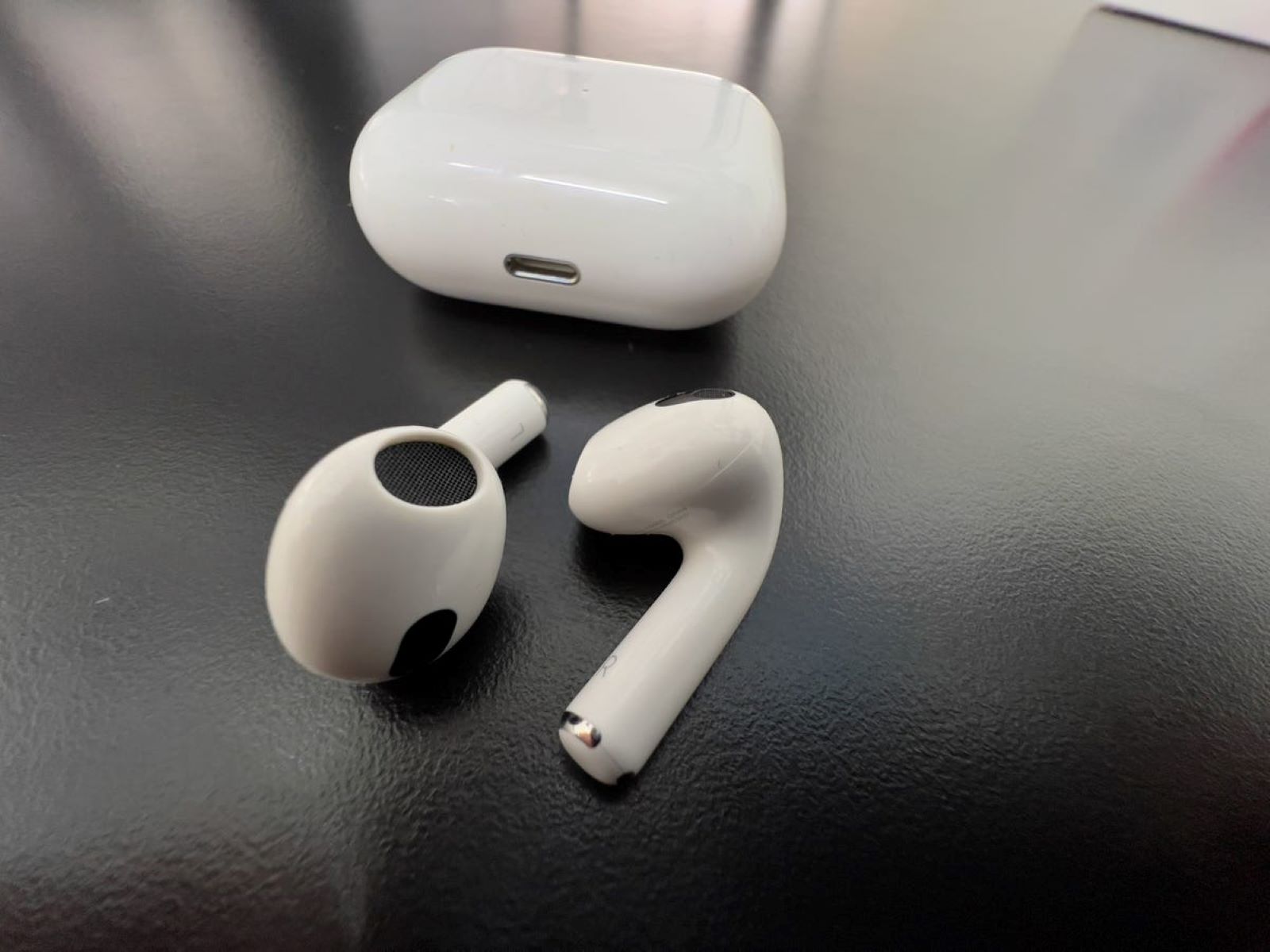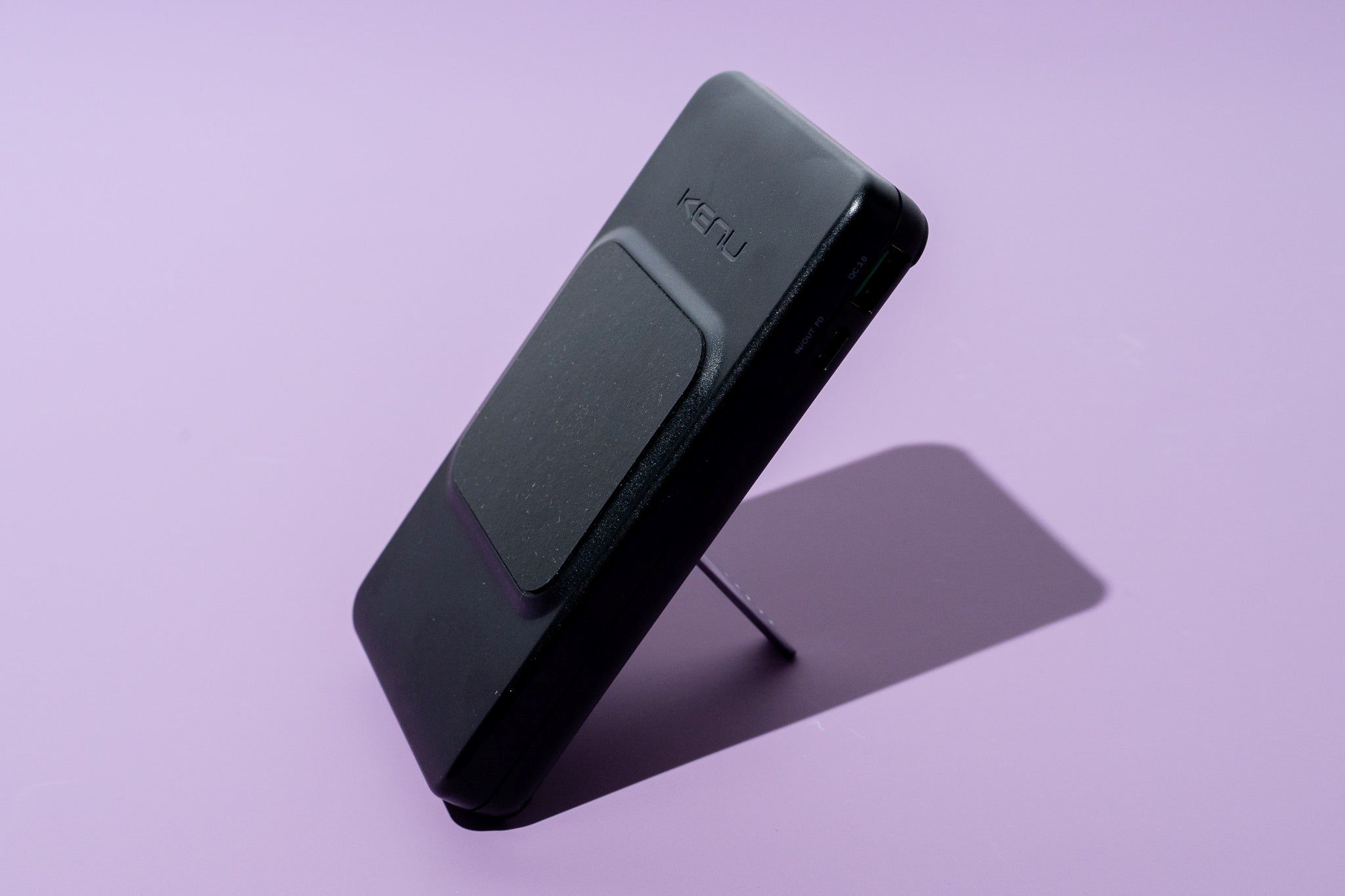Apple has long been known for its innovative products and design prowess. However, in recent years, the tech giant seems to have fallen behind when it comes to a significant trend in the mobile industry – foldable phones. While Apple continues to release solid and iterative updates to its flagship iPhone, its competitors are making waves with their folding devices.
Key Takeaway
The rise of foldable phones has transformed them from mere novelty to a genuine utility feature. The folding display enhances user experience and eliminates the need for separate devices like smartphones and tablets.
The introduction of the OnePlus Open is a significant milestone in the foldable phone market. With positive reviews from YouTubers and reviewers, the OnePlus Open has managed to address the minor annoyances and shortcomings of other premium folding smartphones. Its hardware and software are both exceptional, showcasing OnePlus’ commitment to quality at a fair price.
In addition to the OnePlus Open, Samsung’s Galaxy Fold 5 and Google’s Pixel Fold are mature and excellent options in the foldable phone market. As someone who has had the opportunity to experience both devices, along with the strong reception of the OnePlus Open, I have made the decision to switch from my iPhone 15 Pro Max to a foldable phone for daily use.
One possible reason Apple has yet to embrace foldable phones is its thriving iPad business. As one of the only companies with a viable tablet market, Apple may be hesitant to cannibalize sales across its product lines. Moreover, Apple has a history of being a late adopter of industry trends, preferring to fine-tune ideas and introduce them at the optimal time for mass adoption.
While this approach has worked well for Apple in the past, it risks leaving the company looking stagnant while competitors refine and perfect the foldable phone concept. Samsung, for example, faced criticism for its lack of significant changes between the fourth and fifth generations of its Fold lineup.
On the other hand, OnePlus has taken a different route by leveraging its parent company’s OPPO’s foldable design. While Apple may have its own foldable devices in development, it is clear that the company needs to expedite their launch. The lack of innovation in design fundamentals may not show immediate impact on sales, but the gradual emergence of foldable phones will undoubtedly reshape the mobile landscape.
In conclusion, Apple must embrace the foldable phone revolution sooner rather than later. While the iPhone continues to sell well, ignoring the growing demand for foldable devices could lead to Apple falling behind in terms of innovation. The time has come for Apple to fold and revolutionize the smartphone industry once again.









